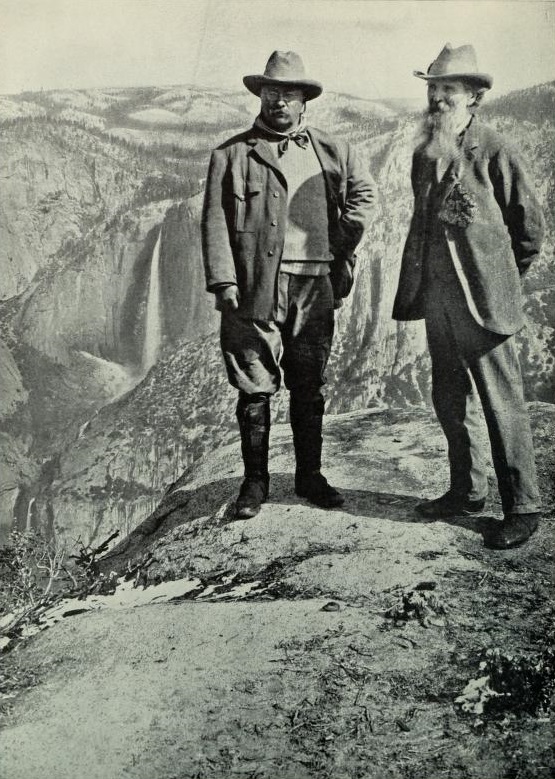This is a story about the rise of ecology and our belief in the balance of nature. How the idea of the superorganism was invented, how it inspired us, and how it wasn’t even true.
Cowboys and superorganisms
In the 1890’s, an ecologist named Frederic Clements set out on horse and mule train to explore the wilderness state of Nebraska. The Indian wars had recently come to an end, opening the region to scientific study. Clements saw how the old way of life in these parts, the trails, camps and fields, abandoned because of the fighting, had been re-claimed by wild vegetation. This sparked an idea that would revolutionise the science of ecology. Clements overturned the paradigm of static, unchanging vegetation, with his theory of succession, the idea that ecological communities change over time in response to disturbance through a highly deterministic and predictable process called “succession”.



